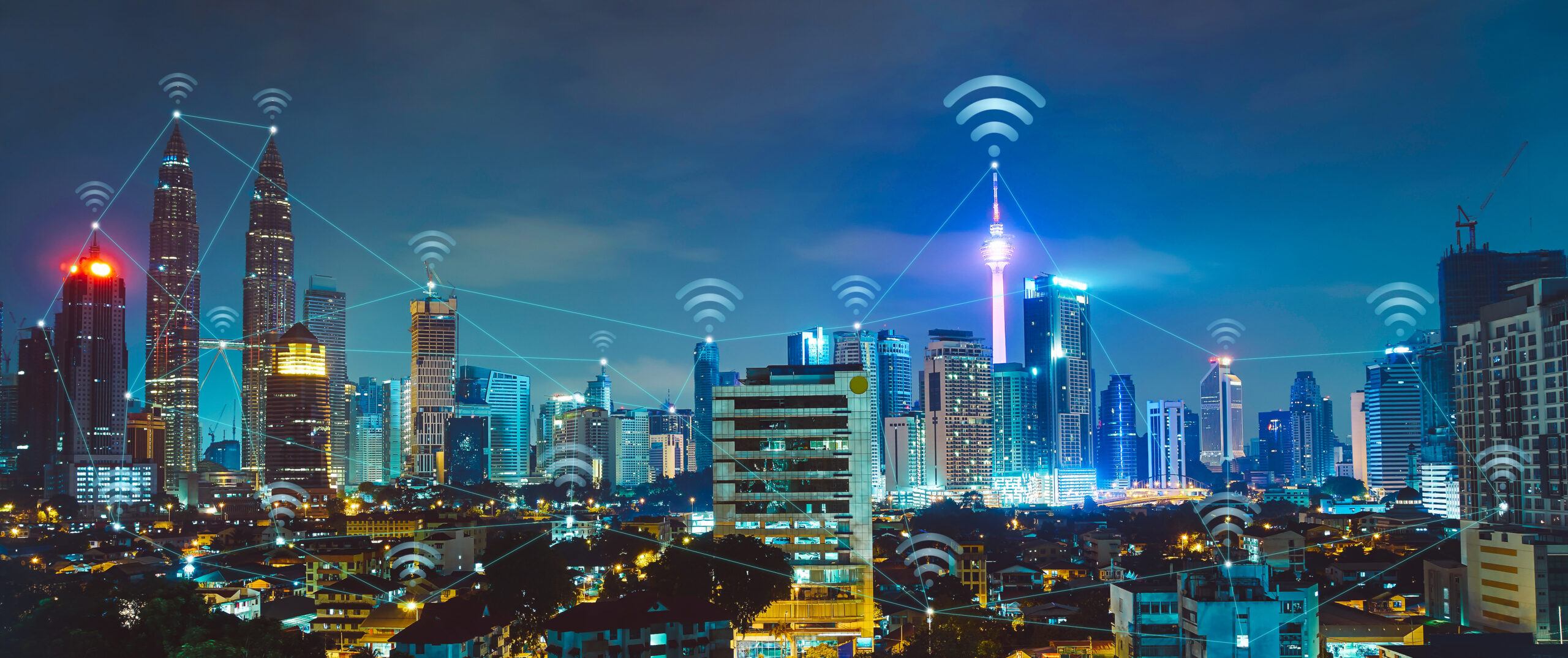As commercial cleaning continues to evolve, new technologies and trends are emerging that will shape the industry for years to come. From automation and robotics to eco-friendly solutions, data driven cleaning, artificial intelligence, virtual reality training, and smart buildings, the future of commercial cleaning is exciting and full of possibilities.

One major trend that has been gaining popularity in recent years is the rise of automation and robotics in commercial cleaning. With the help of robots, businesses can streamline their cleaning processes and reduce labor costs while improving efficiency and effectiveness. For example, autonomous floor scrubbers can cover large areas quickly and effectively, leaving floors spotless without requiring constant supervision from human operators. Similarly, robotic window washers can reach heights that would be dangerous or impossible for humans to access safely.

Another important trend in commercial cleaning is sustainable practices that prioritize environmental friendliness. Eco-friendly solutions such as green cleaning products, energy-efficient equipment, and water conservation techniques are becoming increasingly popular among businesses looking to reduce their carbon footprint and promote a healthier work environment. These solutions not only benefit the planet but also contribute to cost savings by reducing waste and conserving resources.
Data Driven Cleaning: Using Technology to Improve Efficiency and Effectiveness
In addition to automation and eco-friendly solutions, technology is playing an ever-increasing role in commercial cleaning. Data-driven cleaning uses sensors, analytics, and machine learning algorithms to optimize cleaning procedures and improve overall efficiency and effectiveness. By analyzing data on factors such as traffic patterns, soil levels, and occupancy rates, businesses can identify areas that require more attention and adjust their cleaning schedules accordingly. This approach helps ensure that facilities are consistently cleaned to the highest standards while minimizing unnecessary labor costs.
Artificial Intelligence in Predictive Maintenance and Facility Management
Another area where AI is making waves is predictive maintenance and facility management. By using machine learning algorithms to analyze sensor data, businesses can anticipate when equipment may fail or need maintenance before it becomes a problem. This proactive approach reduces downtime and extends the lifespan of equipment, ultimately saving money and improving operational efficiency. Additionally, AI-powered facility management systems can monitor building performance metrics such as energy usage, air quality, and temperature to optimize operations and reduce costs.
Virtual Reality Training and Simulation for Cleaning Staff
Finally, virtual reality (VR) training and simulation is revolutionizing how cleaning staff are trained and prepared for their jobs. VR simulations allow employees to practice real-world scenarios in a safe and controlled environment, improving their skills and confidence before they start working with customers. This approach not only benefits new hires but also provides opportunities for ongoing training and development throughout an employee’s career.
The Future of Smart Buildings and the Internet of Things (IoT)
Looking ahead, the future of commercial cleaning is closely tied to the evolution of smart buildings and the IoT. As more buildings become equipped with sensors and connected devices, there will be even greater opportunities to leverage data and technology to optimize cleaning procedures and enhance overall building performance. The potential for innovation in this space is vast, ranging from intelligent lighting systems that adapt to occupant behavior to HVAC systems that use predictive modeling to prevent equipment failure before it occurs. Ultimately, these advancements will lead to smarter, safer, and more efficient buildings that provide optimal environments for workers and visitors alike.

